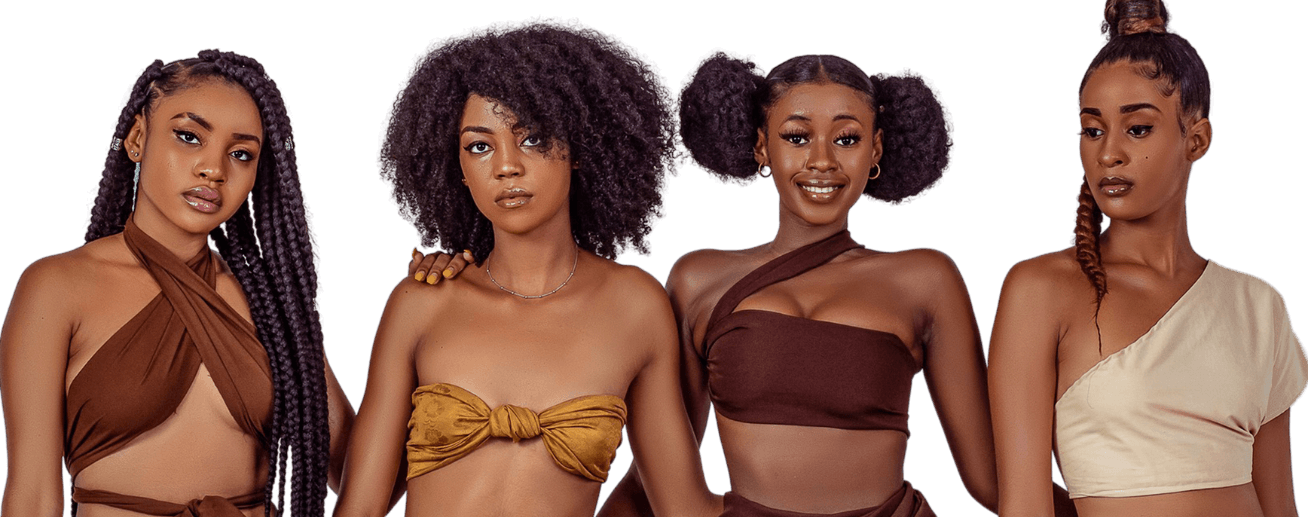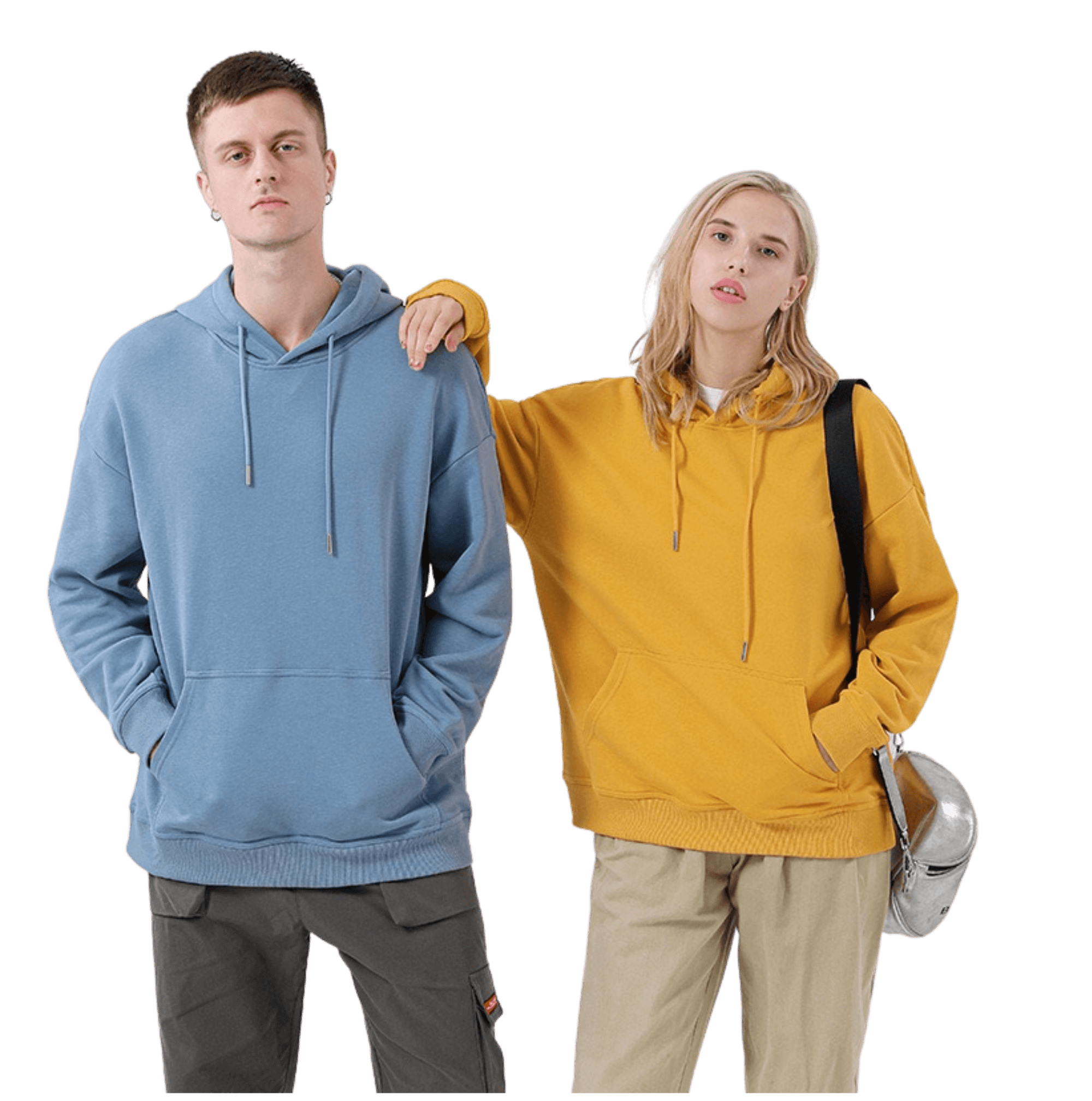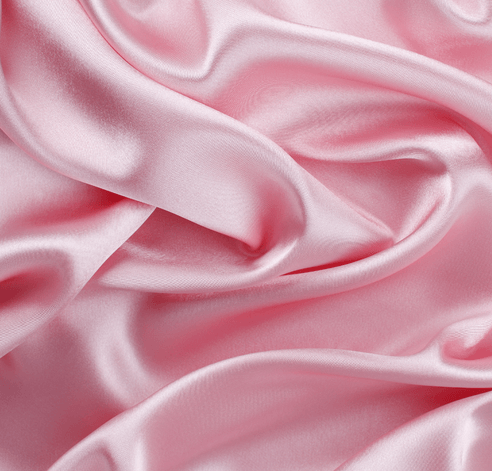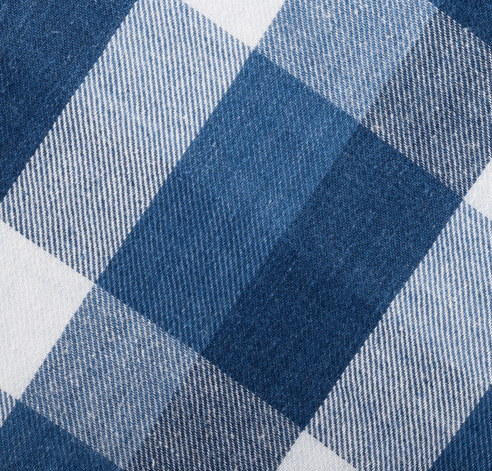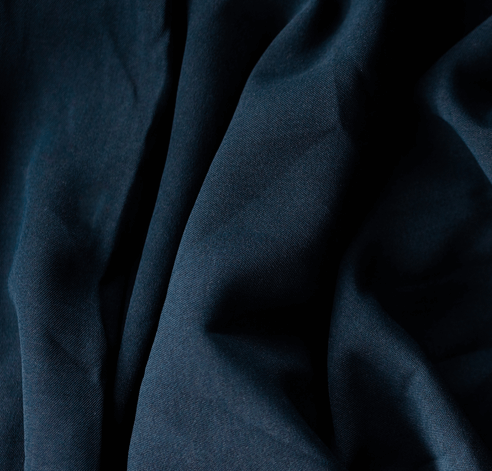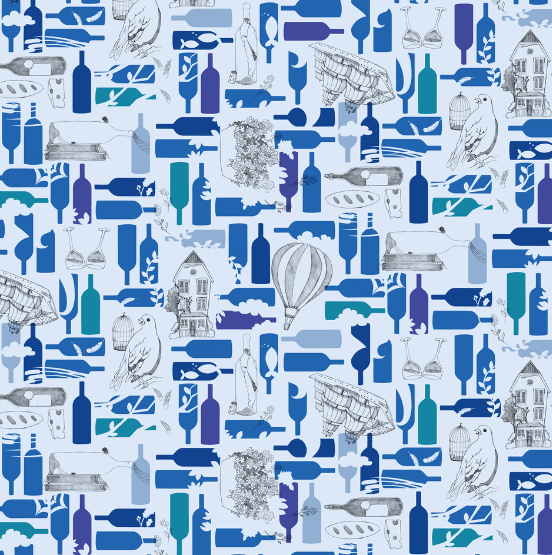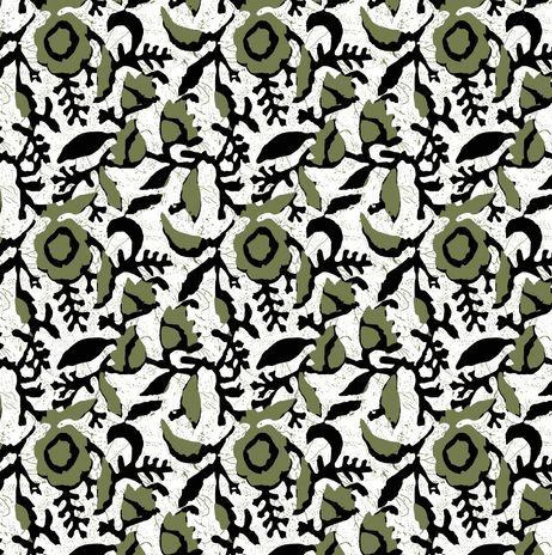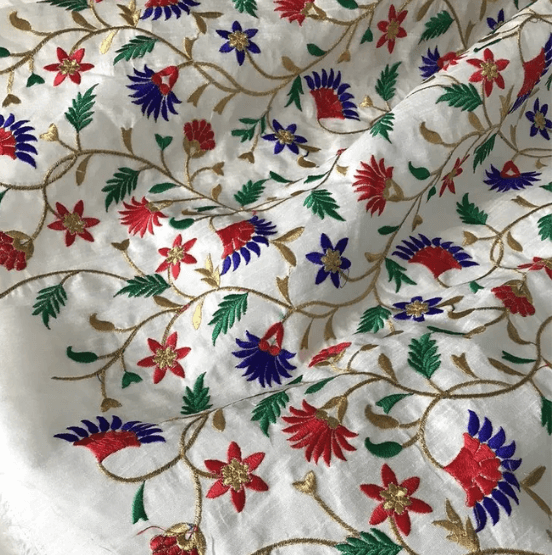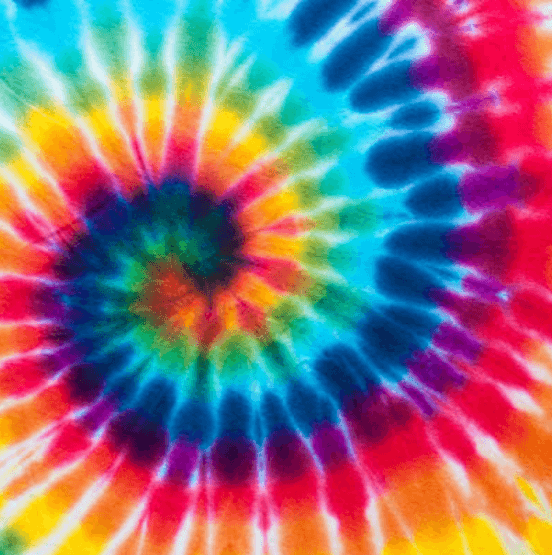1. The Basics of High-Quality Clothing
Any high-quality clothing manufacturer will tell you that there are three basics to high-quality clothing: fabrics, construction, and fit. Let’s talk about these three things in more detail.
Fabrics
Fabrics are the foundation of any garment, so it’s important to choose ones that are durable and have the right properties for the item being made. For example, a coat needs to be made from a wind-resistant fabric.
Construction
The construction of a garment is just as important as the fabric it’s made from. High-quality clothing is usually double or triple-stitched in key areas, like the seams, to make sure it can withstand wear and tear. Additionally, high-quality garments are usually made with more care and attention to detail and often have features like reinforced buttonholes and well-made zippers.
Fit
Fit is crucial in making sure that a garment looks and feels great. This means choosing the right size patterns and cutting the fabric so that it hangs correctly on the body. It can also mean adding darts or other shaping details to ensure a flattering fit. A well-fitting garment will flatter the wearer’s figure and be comfortable to wear, while an ill-fitting one will be uncomfortable and look sloppy.
2. High-Quality vs. Low-Quality Clothing: What’s the Difference?
The difference in quality can be seen in everything from the way the clothing is constructed to the way it looks and feels.
High-quality items are usually:
- Made by experienced and skilled garment manufacturers
- Using the best materials available
- Designed to last longer
- Looking better than low-quality garments
- More expensive than a lower quality item
- Better for the environment because it is made to last and doesn’t need to be replaced as often.
So, considering above aspects, not only will you save money in the long run by investing in high-quality clothing, but you’ll also be doing your part to reduce waste and help the planet!
3. Different Types of Fabrics and How They Affect Clothing Quality
The type of fabric used will determine the strength, durability, and overall quality of the clothing item. There are many different types of fabrics out there, each with its unique properties. Here are some of the most popular fabrics used in high-quality clothing:
Cotton
Cotton is a versatile and durable fabric that is often used in high-quality garments. It’s comfortable to wear, easy to care for, and breathes well, making it a great choice for everyday and summer clothing.
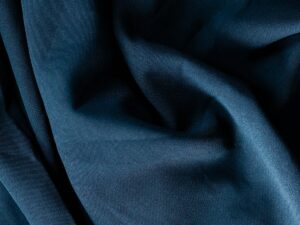
Linen
Linen is another natural fiber that is similar to cotton in terms of strength and durability. It’s slightly more formal than cotton, making it a great choice for office wear or special occasions. Linen is also very breathable, making it a good choice for hot weather.
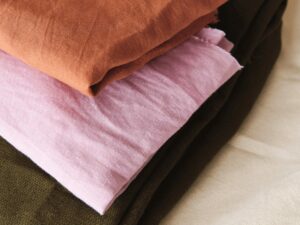
Silk
Silk is a luxurious fabric that is often used in high-end garments. It’s soft and smooth, making it very comfortable to wear. Silk also has a beautiful sheen that can make clothing look more elegant. However, silk is not as durable as other fabrics and can be quite delicate.
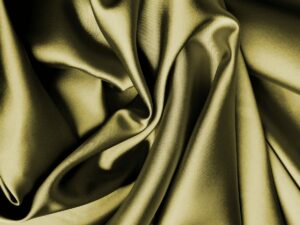
Wool
Wool is a warm and durable fabric that is often used in winter clothing. Its insulating properties make it ideal for cold weather, and wool garments can last for many years with proper care. However, wool can be prickly and uncomfortable to wear if you have sensitive skin.
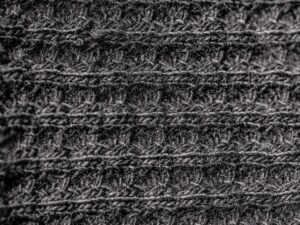
Chiffon
Chiffon is a lightweight and airy fabric that is often used in formal wear. It’s delicate and can be transparent, so it’s usually worn over another fabric such as silk or cotton. Chiffon can also be difficult to sew, so it’s often reserved for high-end garments.
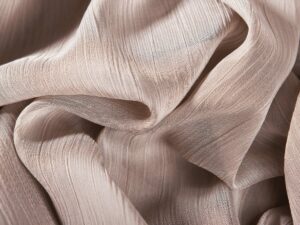
Denim
Denim is a sturdy and durable fabric that is often used in jeans and other casual clothing. It’s comfortable to wear and easy to care for, making it a great choice for everyday wear. Denim is also very affordable, making it a good option for budget-conscious shoppers.
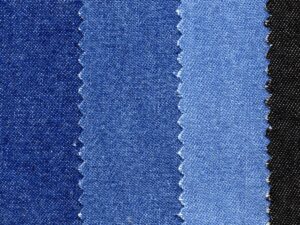
Synthetic Fabrics
Synthetic fabrics are man-made fibers that are often used in sportswear or activewear. They are usually cheaper than natural fibers and can be more durable. However, synthetic fabrics can often be less breathable than natural fibers and may not be as comfortable to wear.
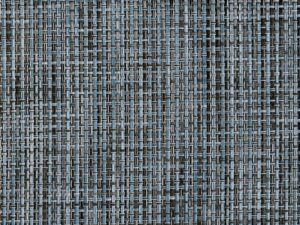
Now that you know about some of the most popular types of fabrics, you can start to narrow down your choices for high-quality clothing suppliers. Consider the type of fabric you want to use and the properties that are important to you.
4. Sample Checklist To Inspect Clothing Quality
Different types of clothing require different types of materials and construction methods to achieve high quality. However, certain features are common to all high-quality clothing items. Here is a checklist you can use as a reference when inspecting the quality of clothing:
| Sample Checklist To Inspect Clothing Quality |
| 1 |
Seams |
They should be straight and even, with no loose threads. The stitching should be tight and small, and there should be no gaps in the seam allowances. |
| 2 |
Hems |
Hems should be straight, with no puckering or pleating. On skirt hems, the fabric should lay flat. |
| 3 |
Buttons And Buttonholes |
Buttons should be securely sewn on, and the buttonholes should be of the same size as the buttons. They should also be evenly spaced. |
| 4 |
Zippers |
Zippers should be made of high-quality metal, and they should glide smoothly. The teeth should be evenly spaced, and there should be no gaps between the teeth and the fabric. |
| 5 |
Fabric |
The fabric should feel smooth and soft, with no roughness or stiffness. It should also be of a consistent thickness throughout. |
| 6 |
Prints And Patterns |
Prints and patterns should be clear and sharp, with no blurry or smudged areas. The colors should be even and consistent. |
| 7 |
Size |
The garments should be consistent with the size chart. They should also be proportionate, with no bagginess or tightness. Shoulder seams should sit at the edge of the shoulder, and waistbands should sit at the natural waist. |
| 8 |
Care Label |
The care label should be made of high-quality materials, and it should be securely sewn onto the garment. The instructions on the care label should be clear and easy to follow. |
| 9 |
Overall Appearance |
The garment should have a neat and clean appearance, with no loose threads or fraying edges. For gowns and formal wear, the fabric should drape smoothly and evenly. |
This is just a general checklist. For specific clothing items, there may be other things to look for. Some garments, such as evening gowns, require a higher level of craftsmanship and attention to detail than others. However, if a garment ticks all of the boxes on this list, then you can be sure that it is of high quality.
5. Clothing Manufacturing Process: How Does it Work
Clothing manufacturers understand the importance of quality control at every stage of the manufacturing process. To ensure that their products meet the highest standards, they strictly monitor each step of production, from the initial design to the finished product. Below is the step-by-step process of how clothes are produced:
Step#1 Design and Development
During the design phase, manufacturers work closely with their clients to develop detailed specifications for each garment. They take into account the client’s desired style, fit, and fabric choice before creating a prototype. Once the client has approved the design, a prototype is created and sent to the pattern maker.
Step#2 Pattern-Making
The pattern-maker creates a paper template of the garment, called a paper pattern. This pattern is used to cut the fabric pieces that will eventually be sewn together to create the final product.
Step#3 Cutting
After the fabric has been cut, it is sent to the sewing room, where it is sewn together by skilled workers. The manufacturing process differs slightly depending on the type of garment being produced. For example, garments that require a lining are first sewn together inside out and then turned right side out.
Depending on the fabrics used, the garments may also undergo a pre-shrinking process at this stage. This involves putting the garment in a high-temperature washing machine or dryer to remove any shrinking that may occur after the garment is worn.
Clothing production is a complex process that requires high-quality materials and skilled workers. The video below provides a more in-depth look at the clothing manufacturing process, from design to finished product.
Step#4 Sewing and Assembling
After the fabric is cut, it is sent to the sewing room, where it is assembled by skilled seamstresses. In order to create a high-quality garment, great attention must be paid to detail at this stage. Seams must be straight and careful consideration must be given to how different pieces of fabric will come together.
Buttons, zippers, and other embellishments are added at this stage. The garment is then inspected for any flaws and repaired if necessary.
Step#5 Final Fitting
Once the garment is assembled, it is time for a final fitting. This is when any necessary alterations are made to ensure that the garment looks and feels perfect. Manufacturers do the final fitting by putting the garment on a dress form or model. Finally, the garment is ready to be packaged and shipped to the customer.
6. How To Start Your Own High-Quality Clothing Line
As the fashion industry continues to grow, more and more people are looking to start their high-quality clothing lines. However, starting a clothing line is no easy feat. There are a lot of important factors to consider, from design and manufacturing to marketing and sales. Here’s a definitive guide to help you get started.
Step#1 Find a High Quality Apparel Manufacturer
The first step to starting your high-quality clothing line is finding a manufacturer that can produce your designs to your specifications. This can be a difficult task, as there are many manufacturers out there, and not all of them will be a good fit for your needs.
Step#2 Design Your Clothing
This is where you will need to get creative and come up with designs that are unique and stylish. You will also need to consider the practical aspects of your design, such as the fabric, cut, fit, and size. Once you have a solid design, you can bring it to your manufacturer so they could start creating patterns and samples.
Step#3 Source Your Materials
High-quality clothing is made with high-quality materials. You will need to find the right fabrics and trims that meet your quality standards and fit within your budget. Once you have sourced your materials, you can send them to your manufacturer so they can start the production process.
Step#4 Market Your Clothing Line
Now that you have your clothing line, it’s time to start marketing it to the world. There are several ways you can do this, such as through social media or online advertising. You will need to create a strong marketing strategy that will help you reach your target market and promote your brand in the most effective way possible.
Step#5 Sell Your Clothing Line
Once you have created a buzz around your clothing line, it’s time to start selling it. You can do this through online stores or fashion boutiques. You will need to price your clothing in a way that is competitive yet profitable for your business. You can also offer discounts and promotions to help boost sales.
Starting your high-quality clothing line is a great way to enter the fashion industry. However, it’s important to keep in mind that it takes a lot of hard work and dedication to making it successful. But if you’re up for the challenge, then go for it! With the right manufacturer and marketing strategy, you can make your clothing line a success.
Hongyu Apparel is one such clothing manufacturer for startups and small businesses, specializing in custom clothing. We have over 20 years of experience in the clothing manufacturing industry as we work with clients all over the world, from small businesses to large fashion brands. We offer a wide variety of products including:
Contact us today to learn more about our services and how we can help you grow your business.
7. How To Find The Best Clothing Manufacturer
So, you’re looking for high end clothing manufacturers to help turn your fashion brand vision into reality? Here are the steps you need to take on how to find the best clothing manufacturer.
Step#1 Do Your Research and Create a List
The best way to find out about manufacturers is to ask other fashion brands, retailers, and designers who they use and why they like them. You can also search online where there are many directories of clothing manufacturers. Once you have a list of potential manufacturers, you need to narrow it down to the best ones.
Step#2 Request Information and Samples
Once you have a list of clothing manufacturers that you’re interested in working with, the next step is to request information from them. This should include their minimum order quantities, production lead times, price lists, and fabric swatches. You should also ask for photos of their previous work and samples of their products.
Step#3 Compare Prices, Lead Times, and Price
Once you have all of the information from manufacturers, it’s time to compare them. You need to compare their prices, production lead times, and quality to find the best ones that fit your needs. These factors will help you decide which manufacturers to work with.
Step#4 Compare Quality and Experience
The last step is to compare the quality and experience of the clothing manufacturers. You need to make sure that they have a high level of quality control and that they are experienced in manufacturing the type of clothing you want.
8. 5 Tips When Starting a Clothing Brand
When it comes to starting your clothing brand, there are a few key things to keep in mind if you want to be successful. Here are five tips to get you started on the right foot:
#1 Do Your Research
Before you even start thinking about creating your clothing brand, you must do your research. This means learning about the fashion industry, what works and what doesn’t, and who your target market is. Without this knowledge, it will be very difficult to create a successful brand.
#2 Find the Right Manufacturer
One of the most important aspects of starting a clothing brand is finding the right manufacturer. This is the company that will be responsible for actually producing your clothes, so it’s important to find one that you can trust. There are a few things you should look for in a good manufacturer, such as experience, quality, and price.
#3 Create a Unique Brand
To be successful, your clothing brand should be more than just a name and a logo. It should have a strong, unique identity that sets it apart from other brands. This includes things like your values, your target market, and what you want your brand to represent. If you can make your brand stand out from the rest, you’ll be more likely to succeed.
#4 Promote Your Brand
Once you’ve created your brand, you must promote it properly. This means using various marketing channels to reach your target market and get them interested in your clothes. There are many different ways to promote your brand, so make sure you explore all of your options.
#5 Always Keep Improving
Successful brands are always evolving and growing. This means that you can’t just sit back and relax once you’ve launched your clothing line. You need to constantly be looking for ways to improve your products, your marketing, and your overall brand.
9. Factors That Affect the Final Cost of Your Clothing
As you’re starting your clothing brand, one of the things you’re probably most concerned about is the cost. After all, you need to make sure you can afford to produce your clothes. Many different factors affect the final cost of your clothing line, so it’s important to be aware of them.
Some of the main factors that affect the cost of your clothing include:
- The type of clothing you’re making
- The materials you’re using
- The manufacturing process
- Your minimum order quantity
- Your shipping costs
These are just a few of the things that can affect the cost of your clothing. If you’re not careful, it’s easy to end up spending more than you anticipated. That’s why it’s so important to do your research and plan ahead.
10. 5 Buying Traps To Avoid When Starting Your Own Clothing Line
When you’re just starting out with your clothing line, it’s easy to make some mistakes. There are a lot of things to learn, and it can be tempting to cut corners in order to save money. However, this is often a mistake that will end up costing you more in the long run.
Here are five buying traps to avoid when starting your clothing line:
#1 Materials
One of the biggest mistakes you can make when starting your clothing line is buying from the cheapest supplier you can find. This is often a false economy, as the quality of the materials will be lower and you’ll end up having to replace them more often. It’s better to spend a bit more money on high-quality materials that will last longer.
#2 Sample
Another mistake is not getting a sample of the clothing before you start the production process. This can be a costly mistake, as you may end up with a product that’s not quite what you wanted. It’s always best to get a sample first so that you can check the quality and make sure it’s what you’re looking for.
#3 Quality
When you’re starting your clothing line, it’s important to make sure that you’re only using high-quality materials. This means checking the quality of the fabric and the construction before and after production. Sometimes, small holes or loose threads can make a big difference to the overall quality of the clothing.
#4 Minimum Order Quantity
Another mistake that new clothing brands make is not understanding the minimum order quantity (MOQ). This is the minimum amount of clothing that you need to order from a manufacturer. If you don’t meet the MOQ, you may have to pay a higher price per item. It’s important to understand the MOQ before you start the production process so that you can plan accordingly.
#5 Shipping Cost
One of the last things to consider is the cost of shipping. This is often an overlooked cost, but it can add up quickly. Make sure you factor in the cost of shipping when you’re budgeting for your clothing line.
Dive Deeper Into Our Resources
For some insightful reads, we’ve curated a list of recommended articles just for you:
Still haven’t found what you’re looking for? Don’t hesitate to contact us. We’re available around the clock to assist you.
Conclusion
Clothing manufacturing is a complex process that requires close attention to detail at every stage. By working with experienced and high quality clothing suppliers, such as African clothing manufacturers, you can be sure that your garments will meet the highest standards of quality.
One manufacturer you can trust is Hongyu Apparel. We have over 20 years of experience in the clothing manufacturing industry as we work with clients all over the world, from small businesses to large fashion brands. Contact us today to learn more about our services and how we can help you grow your business.
